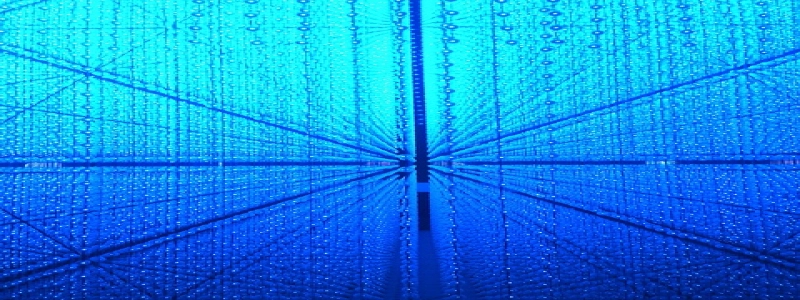Dispersive Media: A Detailed Explanation
Introduction:
In the field of physics, dispersive media is a term used to describe materials or substances that exhibit dispersion. Dispersion refers to the phenomenon in which the speed of light, or any other electromagnetic wave, varies with its wavelength or frequency. This article aims to provide a comprehensive understanding of dispersive media, including its properties, mechanisms, and applications.
I. Definition and Properties:
A. Definition: Dispersive media are materials that cause the dispersion of electromagnetic waves passing through them. This dispersion is typically caused by the interaction of the wave with the electrons or other charged particles present in the media.
B. Properties:
1. Wavelength-dependent refractive index: Dispersive media have a refractive index that varies with the wavelength of the incident light. This results in the bending, or refraction, of different wavelengths to different extents, leading to the separation of white light into its constituent colors in phenomena like rainbow formation.
2. Frequency-dependent propagation speed: Dispersive media exhibit a variation in the speed at which waves propagate, depending on their frequency. This property is known as the material’s frequency-dependent phase velocity.
3. Chromatic aberration: Due to the wavelength-dependent refractive index, dispersive media can cause chromatic aberration, which refers to the blurring or distortion of images formed by lenses or optical systems. This can be observed in cameras, telescopes, or eyeglasses.
II. Mechanisms of Dispersion:
A. Electronic dispersion: In materials with free electrons, such as metals, the interaction of light with these electrons causes dispersion. The electrons respond to the electric field of the incident wave, leading to a change in the refractive index at different wavelengths.
B. Lattice dispersion: In insulating materials, dispersion occurs due to the interaction of light with atoms or ions present in the crystal lattice structure. The energy levels and resonance frequencies of these particles determine the material’s dispersive behavior.
C. Molecular dispersion: In gaseous or liquid media, dispersion is a result of interactions between the electromagnetic field and individual molecules. The molecular structure, orientation, and electronic transitions of these molecules influence the dispersion properties.
III. Applications of Dispersive Media:
A. Fiber optics: Dispersive media, such as optical fibers, play a crucial role in modern communication systems. The properties of dispersive fibers, like their wavelength-dependent refractive index, enable efficient transmission of data over long distances without significant signal degradation.
B. Spectroscopy: Dispersive media are widely used in spectroscopic techniques to analyze and study the interaction between light and matter. By analyzing the ways in which different materials disperse light, scientists can gain insights into the composition, structure, and behavior of substances.
C. Photography and imaging: Understanding dispersive media is crucial in photography and imaging applications. By accounting for the wavelength-dependent refractive index of lenses and optical systems, photographers can minimize chromatic aberrations and produce high-quality images.
Conclusion:
In conclusion, dispersive media are materials that exhibit dispersion, causing the speed of light to vary with its wavelength or frequency. By understanding the properties, mechanisms, and applications of dispersive media, scientists and engineers can design and develop advanced technologies in various fields, ranging from communication systems to spectroscopy and imaging.







